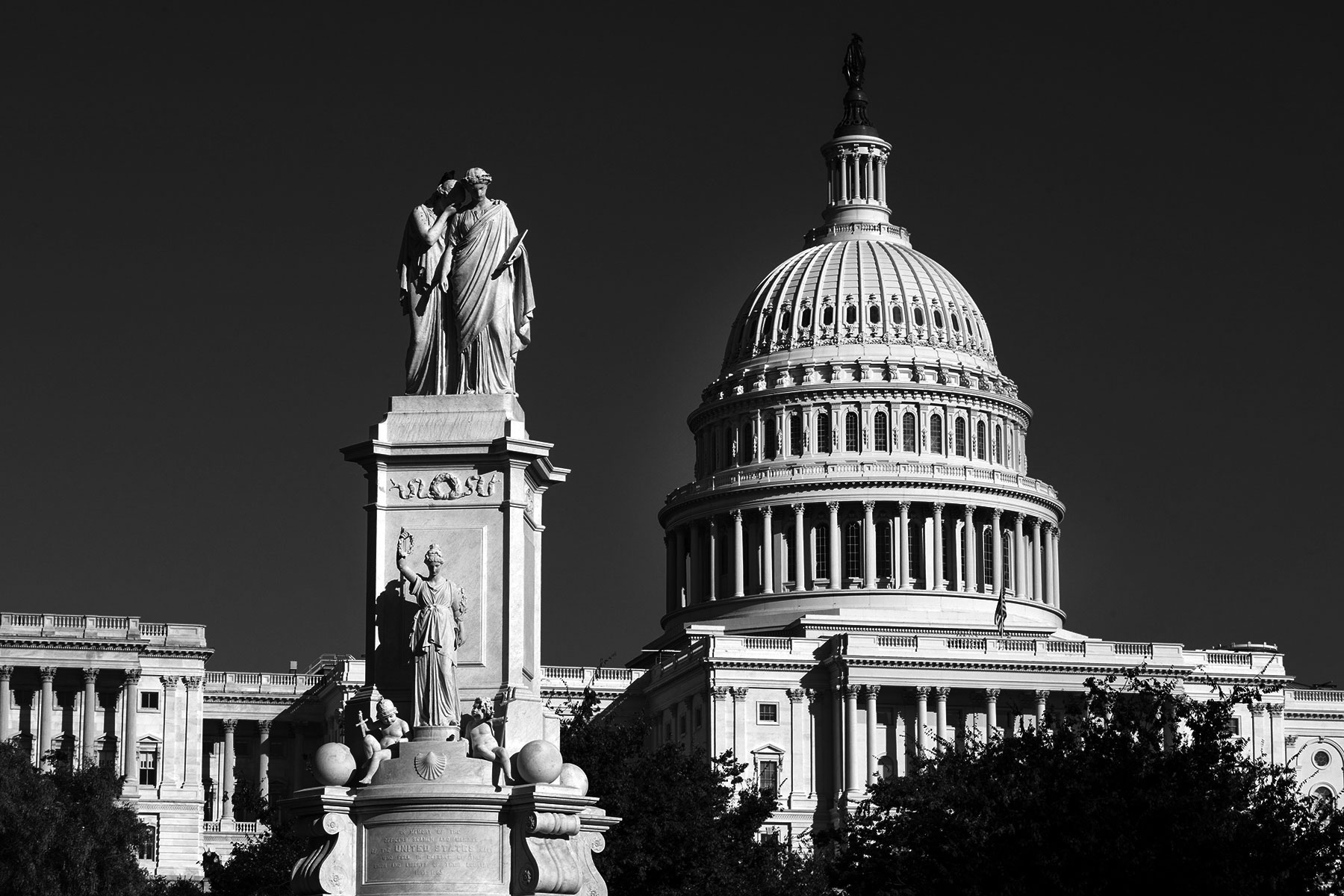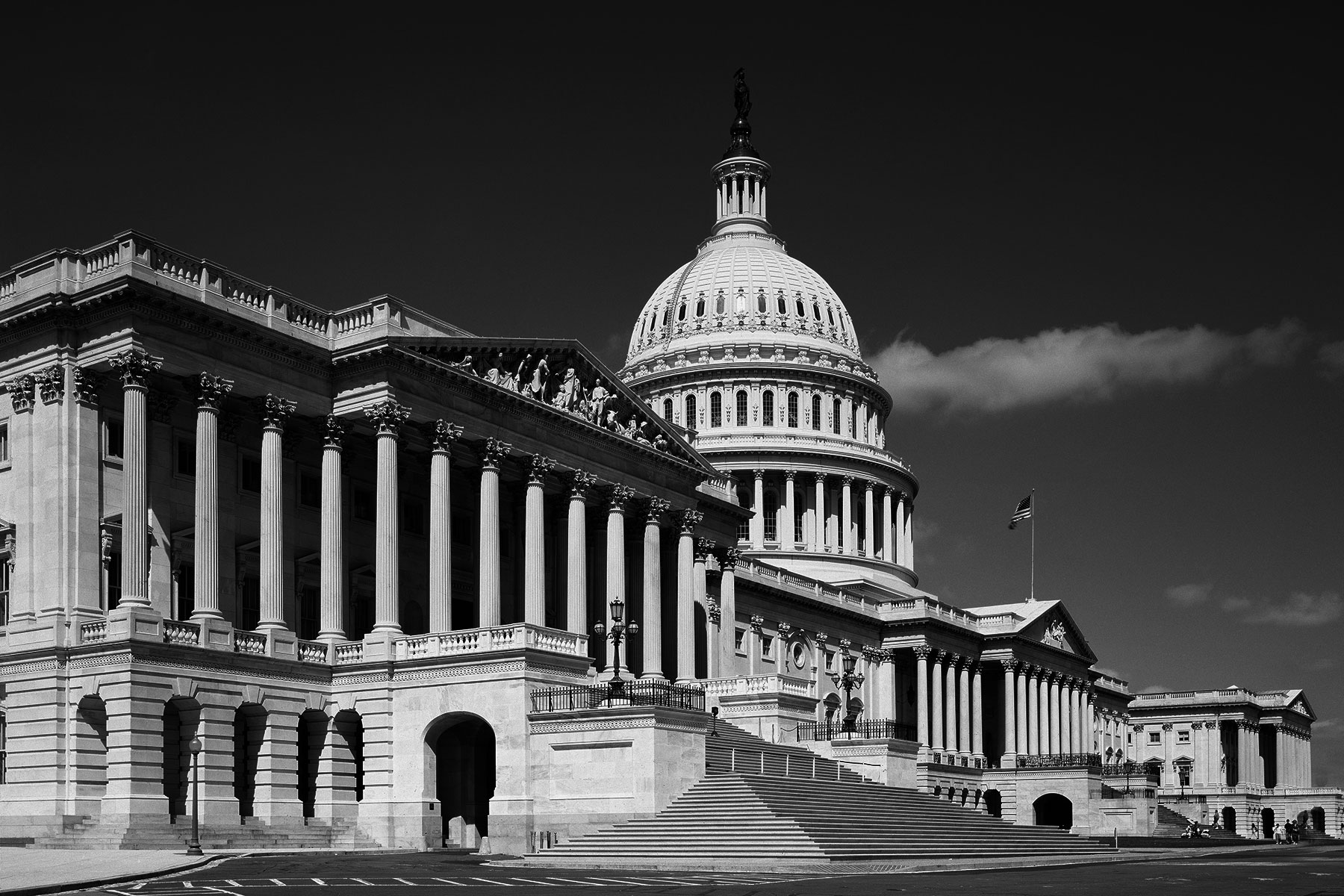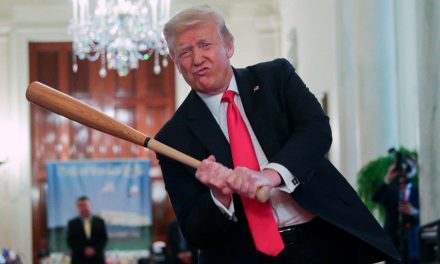
The American right is in the midst of a formidable project: installing permanent minority rule, guaranteeing control of the government even as the number of actual human beings who support their political program dwindles.
Voter suppression is one, but only one, loathsome tactic in this effort, which goes far beyond just winning one election. Minority rule is the result of interlocking and mutually reinforcing strategies which must be understood together to understand the full picture of what the American right wants to achieve.
Examples are everywhere. Take North Dakota. In 2012, Heidi Heitkamp, a Democrat, won a surprise victory in a Senate race by just 2,994 votes. Her two largest county wins were in the Standing Rock and Turtle Mountain Reservations, where she won more than 80% of the vote. Her overall vote margin in counties containing Native reservations was more than 4,500 votes.
Observing that Heitkamp literally owed her seat to Native voters, North Dakota’s Republican legislature enacted a voter ID law that requires voters to present identification showing their name, birth date and residential address. There’s the rub: many Native voters do not have traditional residential addresses, so this law effectively disenfranchises them.
Or take Georgia, where the Republican nominee for governor, Brian Kemp, is the secretary of state and in that capacity has placed more than 50,000 voter registrations on hold, many from urban areas with high black populations. That is in keeping with Kemp’s privately expressed “concern” that high voter turnout will favor his opponent – Stacey Abrams, running strongly to be the first black female governor in US history.
Exacerbating voter suppression is the ongoing partisan gerrymandering effort – the redrawing of electoral maps to favor one party over another. After the 2010 census, the Wisconsin legislature (controlled by Republicans) drew a map for the state’s legislative districts explicitly designed to ensure they would retain control of the legislature even if they received a minority of votes. It worked: in 2012, despite receiving only 48.6% of the vote, they won 60 of 99 seats. Democrats won an outright majority of votes cast but secured just 39 seats.
To this, Wisconsin added a voter ID requirement designed to make it harder to vote at all. Voila: voter turnout in the 2016 presidential election was the lowest since 2000 and Donald Trump carried the state. (To be sure, there were other factors at work.) The combined, national effect of partisan gerrymandering is such that in the 2018 midterms, the Democrats might win the popular vote by 10 points and still not control the House.
Legislative maps designed to promote minority rule plus voter suppression of the constituencies opposed to it is a potent combination. And there’s more.
The two most recent Republican presidents have entered office despite receiving fewer votes than their opponent in a national election, thanks to the electoral college, which systematically over-represents small states. (California gets one electoral vote per 712,000 people; Wyoming gets one per 195,000.) With the presidency in hand in the run-up to the 2020 census, minority rule will be further entrenched by adding a citizenship question to the census. This will result in systematic undercounting of the population in heavily Democratic areas, which will in turn further reduce their influence as legislatures draw maps based on the data.
Then there’s the Senate. Because of its bias toward smaller, rural states, a resident of Wyoming has 66 times the voting power in Senate elections as one in California. Thus, in 2016, the Democratic party got 51.4 million votes for its Senate candidates. The Republicans got 40 million. And despite losing by more than 11 million votes, the Republicans won a supermajority (22 of 36) of the seats up for election, holding their majority in the chamber.
The hideously malapportioned Senate and electoral college permit the last piece of the minority rule puzzle to snap into place: the supreme court. In 2016, after losing the contest for the presidency and the Senate by millions of votes, the Republicans were able to install two supreme court justices. There may be more.
In fact, when the Senate confirmed Trump’s first nominee, Neil Gorsuch, it was a watershed moment in American history. For the first time, a president who lost the popular vote had a supreme court nominee confirmed by senators who received fewer votes – nearly 22 million fewer – than the senators that voted against him. And by now, it will not surprise you to discover that the senators who voted for the confirmation of Brett Kavanaugh represent 38 million fewer people than the ones who voted no.
With the supreme court in hand, all those other tactics – partisan gerrymandering, voter ID and the rest – are protected from the only institution that could really threaten them. But it doesn’t stop there. The supreme court can be used to do more than approve the minority rule laws that come before it. It can further the project on its own.
In 2015, the court came within one vote of holding that independent redistricting commissions (which reduce partisan gerrymandering) are actually unconstitutional. The swing vote in that case, Anthony Kennedy, is gone. And the court in 2013 famously invalidated a major portion of the Voting Rights Act which put checks on voter-suppression efforts of the kind now taking place all over the country.
Taken together, this is a powerful set of tools. Draw maps that let you win even when you lose. Use the resulting power to enact measures to suppress the vote of the other side further. Count on a minority rule president to undercount your opponents in the census, and a minority-rule Senate to confirm justices who will strike down any obstacles to the plan.
With the deck this stacked, it isn’t enough to win. Wresting control back from the entrenched minority will take overwhelming victory. It may take, in other words, a genuine political revolution.
Ian Samuel
Originally published on The Guardian as Rigging the vote: How the American right is on the way to permanent minority rule
Help deliver the independent journalism that the world needs, make a contribution of support to The Guardian.














